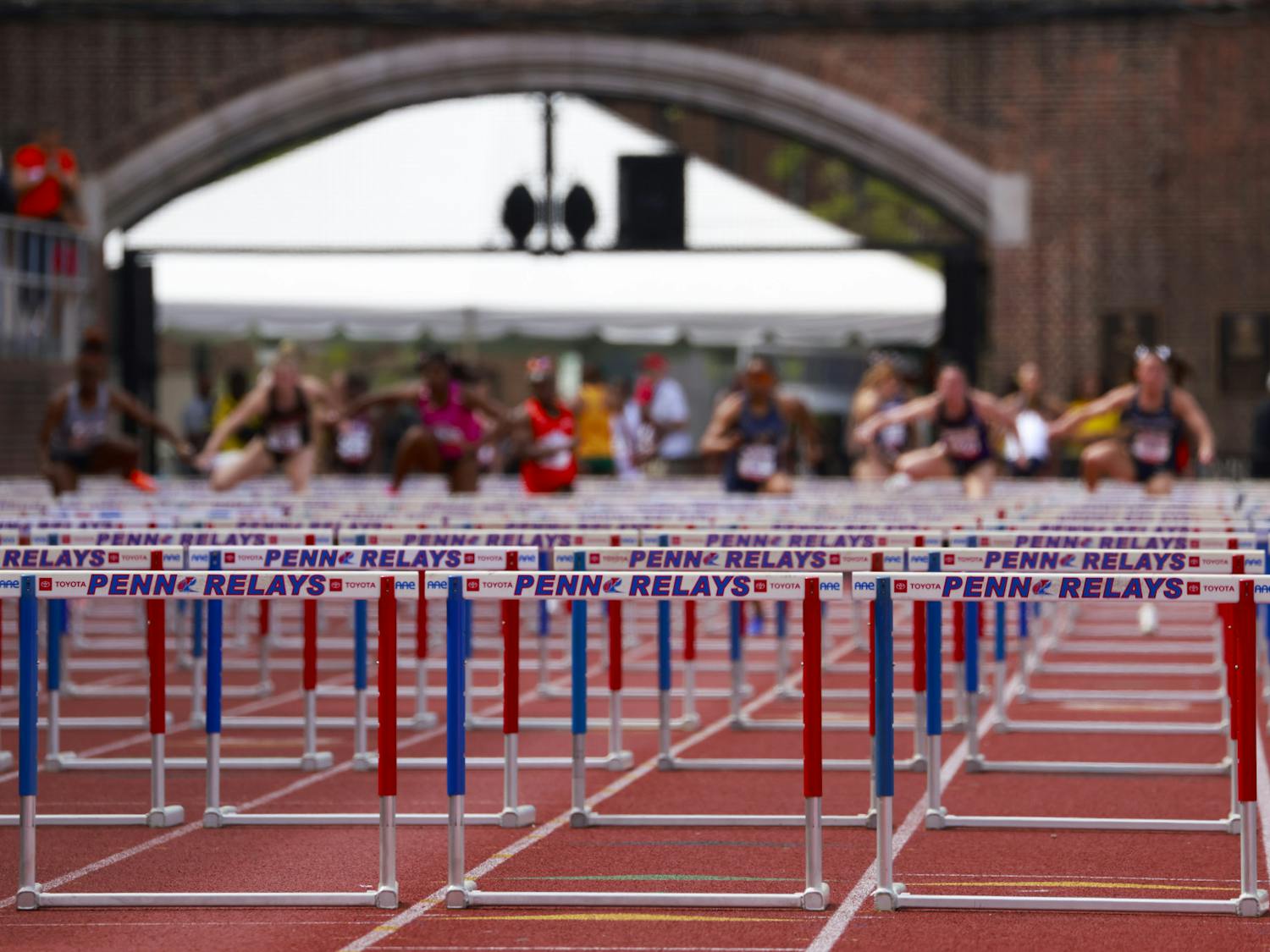In March, when Penn announced its decision to pursue remote learning for the remainder of the spring semester, students and faculty alike were left pondering the future of Penn in the fall. While we were teased with a list of tentative plans in May, we were left without much information from the administration.
Penn has now released an official decision stating that the fall semester will follow a hybrid model, allowing many students to return to campus in a limited, careful manner. Large lectures will be virtual, social distancing and face coverings rigorously enforced, and housing assignments dispersed. The barrage of details and logistical guidelines is evidence for the thoroughness of the hybrid-plan. Penn made the necessary and correct decision in allowing students to return to campus.
Of utmost importance to colleges in making their decisions for fall semesters is the protection of students, faculty, and workers’ health and well being. The elimination of fall break guards against associated health risks that may arise from increased traveling. The redesigned model of traditional, in-person dining hall options including grab-and-go and mobile ordering options protects the health of dining hall staff and students. And the flexibility for all classes to be remote allows students unable or uncomfortable with returning on campus to continue their college education remotely.
To promote and sustain campus health, Penn also announced plans for testing and contact tracing. Penn’s endeavor to test every student for COVID-19 upon arriving at campus is commendable, given how resource-intensive and logistically-challenging it is to do so. The facilitation of contact tracing via digital and mobile platforms is an applaudable effort that, while ambitious, demonstrates how legitimately the University is taking the hybrid approach. The effectiveness of mass testing and diligent contact tracing scales to life-or-death scenarios.
Countries like Taiwan, South Korea, and Singapore, have proven just how effective robust testing and tracing systems are at beating the curve of infections when properly established and implemented on a wide-scale. Penn is prioritizing the health of its community by announcing stringent tracking and tracing measures, following the example of other nations who have effectively curbed the rampant spread of the virus by implementing such digital systems.
Additional requirements, such as the enforcement of six foot social distancing and having all students wear masks, are assets to Penn’s response that reinforce the University’s commitment to public health. Despite mask-wearing becoming increasingly politicized, the University-issued requirement for community members to take such action-steps is a vital step in the fight against COVID-19 in West Philadelphia.
Penn’s decision to redistribute on-campus residencies is another commendable effort that ensures a safe hybrid fall semester. In doing so, students in less crowded quarters will have less of a chance of spreading COVID-19 to each other. The real challenge, however, lies not in the creation of the hybrid model, but rather how well Penn actually implements its plan of action. Redistributing first and second years across college and some off-campus housing poses logistical challenges that, if poorly handled, can be fatal. How efficiently and smoothly these initial tasks are enforced will showcase the efficacy of Penn’s hybrid plan and whether or not the University can live up to its promises as a protector of its community and an enabler of a world-class education despite the pandemic.
Perhaps the greatest challenge Penn faces in actualizing their hybrid plan is in enforcing individual behavioral change — no Student Campus Compact or lengthy email will be completely effective at compelling all students to abide by the requirements. Students, eager to make college the “best four years of their lives,” may be overly eager to return to old ways of socializing. Side-stepping social distancing guidelines to attend a large get-together with friends poses unforeseen health risks and fatalities to not just immediate people-in-contact, but to the remaining innocent community of West Philadelphia and beyond.
Penn’s released plan for the hybrid fall semester is exemplary in many ways, and the University has established necessary action steps that will sufficiently protect the health of the community. The true test, then, will come a few months later, when we will see just how true to its word Penn can be.

LARK YAN is a rising College junior from Toledo, Ohio studying Health and Societies. Her email address is larkyan@sas.upenn.edu.
Have opinions of your own you would like to share? Submit a guest column.









